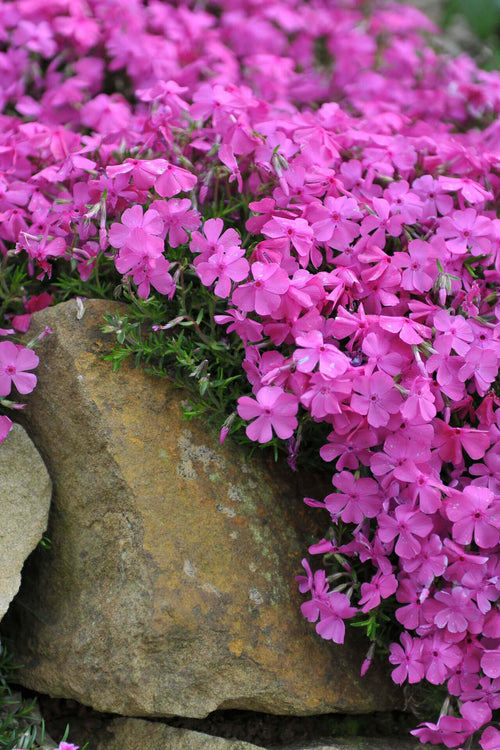Budget Gardening Tips for Everyone
Gardening has long been regarded as a therapeutic and fulfilling hobby, allowing individuals to connect with nature, beautify their surroundings, and grow their produce. However, some might shy away from gardening due to its perceived high costs. The truth is gardening can be incredibly budget-friendly with a bit of creativity and resourcefulness. This comprehensive guide explores many budget gardening tips anyone can implement to create a stunning garden without straining their wallet.
Plan and Prioritize
The first step to successful budget gardening is careful planning. Determine the available space, sunlight exposure, soil type, and climate conditions. This information will help you choose the right plants more likely to prosper in your garden, reducing the risk of failed attempts and wasted money.
Start from SeedsBuying established plants seems convenient; starting from seeds is a cost-effective option. Sources are considerably cheaper and provide a wider variety of plant choices. You can also swap seeds with fellow gardeners or join local gardening groups to get seeds for free.
Composting
Composting not only reduces waste but also produces nutrient-rich soil for your garden. Create a compost pile using kitchen scraps, yard waste, and shredded paper. Over time, this natural fertilizer will enhance soil quality, eliminating the need for expensive store-bought alternatives.
Choose Perennials
Invest in perennials as they return year after year, eliminating the need to purchase new plants annually. Perennials often require less maintenance and can be divided to create additional plants, further stretching your gardening budget.
Propagate Plants
Learn to propagate plants through methods like division, cuttings, or layering. This allows you to create multiple plants from one, saving money on buying new plants.
D.I.Y. Plant Containers
Instead of purchasing costly plant containers, get creative with repurposed items like old buckets, wooden crates, or tires. Paint or decorate these containers to add a personal touch to your garden.
Mulching
Mulching not only conserves moisture and prevents weed growth but also enhances the aesthetics of your garden. Use natural materials like straw, leaves, or grass clippings as cost-effective mulch options.
Water Wisely
Implement innovative watering practices to save on water bills. Use soaker hoses or drip irrigation systems to deliver water directly to plant roots, minimizing wastage through evaporation.
Rainwater Harvesting
Set up rain barrels to gather rainwater, which can then be used to water your garden. This reduces reliance on tap water, leading to significant savings over time.
Group Plants Strategically
Planting your garden in groups based on water and sunlight needs can maximize resource efficiency. This prevents over-watering or over-exposing certain plants, ensuring they thrive without unnecessary costs.
Community Resources
Check if your community offers free mulch, compost, or plant cuttings. Many municipalities have composting programs or give away materials generated from yard waste.
Seed and Plant Swaps
Participate in seed and plant swap events organized by local gardening clubs or community centers. This is an excellent way to diversify your garden without spending money.
Natural Pest Control
Explore natural methods to control pests instead of resorting to expensive chemical solutions. Companion planting, introducing beneficial insects, and using homemade organic sprays can effectively protect your plants.
Learn and D.I.Y.
Educate yourself about gardening techniques through books, online resources, and gardening forums. Many tasks, like soil preparation and plant care, can be done with minimal costs when you know how to do them right.
Reuse and Recycle
Repurpose old materials like wooden pallets, broken pots, or discarded furniture to create garden structures, trellises, and decorative elements. This adds a unique touch to your garden and reduces expenses.
Local Plants
Choose plants native to your area, as they are better adapted to the local conditions and require less maintenance. Native plants also tend to be less expensive than exotic imports.
Prune and Deadhead
Regularly prune your plants and remove spent flowers (deadheading) to encourage healthy growth and prolonged blooming. This practice prevents diseases and keeps your garden looking tidy, eliminating the need for costly remedies.
Garden Exchange
Organize a garden exchange with friends and neighbors to trade excess produce, seeds, or tools. This promotes community interaction and allows everyone to enjoy various plants and products.
Homemade Fertilizers
Create your fertilizers using kitchen scraps, eggshells, and other organic materials. Compost tea, for instance, is a nutrient-rich liquid fertilizer that can be easily made at home.
Long-Term Investments
Invest in high-quality garden utensils that will last for years. While the initial cost might be higher, well-maintained tools can save you money in the long run compared to repeatedly purchasing cheap, disposable options.
Conclusion
Gardening on a budget is not only possible but also incredibly rewarding. Adopting these budget-friendly gardening tips allows you to cultivate a beautiful and thriving garden without straining your finances. From starting plants from seeds and utilizing compost to propagating plants and practicing smart watering, there are numerous ways to minimize expenses while maximizing the joys of gardening. Remember, the journey of creating a vibrant garden is just as valuable as the result. You can turn your outdoor space into a haven of beauty and tranquility with some creativity.



















































